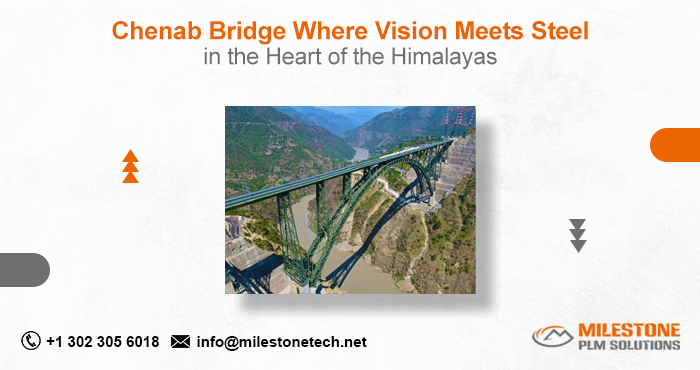3D Printing in Tooling and Fixture Design: Advantages and Applications
- Milestone PLM Solutions
- Feb 13
- 2 min read
In the manufacturing industry, tooling and fixture design play a critical role in ensuring precision, efficiency, and repeatability. Traditional manufacturing methods for tooling and fixtures often involve time-consuming and costly machining processes. However, with the advent of 3D printing, industries are witnessing a transformative shift in how they design and produce these essential components.

Advantages of 3D Printing in Tooling and Fixture Design
1. Reduced Lead Times
Traditional manufacturing methods for tooling and fixture design can take weeks or even months. 3D printing significantly reduces lead times by enabling rapid prototyping and on-demand production. Manufacturers can design, iterate, and produce fixtures within hours or days, accelerating the entire production process.
2. Cost Savings
CNC machining and traditional fabrication methods involve high material waste and labor-intensive processes. 3D printing minimizes waste by using additive manufacturing techniques that deposit material only where needed. Additionally, eliminating the need for complex tooling setups results in significant cost reductions.
3. Design Flexibility and Customization
3D printing allows engineers to create highly complex geometries that would be difficult or impossible to achieve using conventional methods. This flexibility enables the production of optimized and lightweight designs tailored to specific manufacturing requirements, improving efficiency and functionality.
4. Improved Performance with Advanced Materials
Modern 3D printing technologies support a wide range of materials, including high-performance polymers, composites, and metals. These materials offer enhanced durability, strength, and heat resistance, making them ideal for demanding tooling and fixture applications.
5. Lightweight and Ergonomic Designs
Manufacturers can design ergonomic fixtures that improve operator comfort and reduce strain during assembly processes. By optimizing material distribution, 3D-printed fixtures can be significantly lighter while maintaining structural integrity.
Applications of 3D Printing in Tooling and Fixture Design
1. Custom Jigs and Fixtures
3D printing enables the rapid production of custom jigs and fixtures tailored to specific manufacturing needs. These fixtures ensure precise part positioning, reduce assembly errors, and enhance overall productivity in industries such as automotive, aerospace, and electronics.
2. Inspection and Quality Control Tools
Precision is crucial in manufacturing, and 3D-printed inspection fixtures help ensure parts meet design specifications. Custom gauges, alignment tools, and measuring fixtures can be quickly produced to streamline quality control processes.
3. Molds and Casting Patterns
3D printing is widely used to create molds and casting patterns for injection molding, sand casting, and investment casting. This allows manufacturers to test and refine mold designs before committing to expensive traditional tooling.
4. End-of-Arm Tooling (EOAT) for Robotics
Robotic automation relies on specialized end-of-arm tooling to handle various tasks. 3D-printed EOAT components offer lightweight and cost-effective alternatives to conventionally manufactured parts, improving robotic efficiency and reducing downtime.
5. Assembly and Work holding Fixtures
Manufacturers use 3D printing to create work holding fixtures that securely hold components during machining, welding, or assembly. These fixtures enhance precision and stability, leading to better product quality.
Conclusion
The integration of 3D printing in tooling and fixture design is revolutionizing the manufacturing landscape. By offering faster production times, cost savings, and unparalleled design flexibility, 3D printing is empowering industries to innovate and optimize their processes. As technology continues to advance, its adoption in tooling and fixture applications is set to expand, making manufacturing more agile and efficient.


